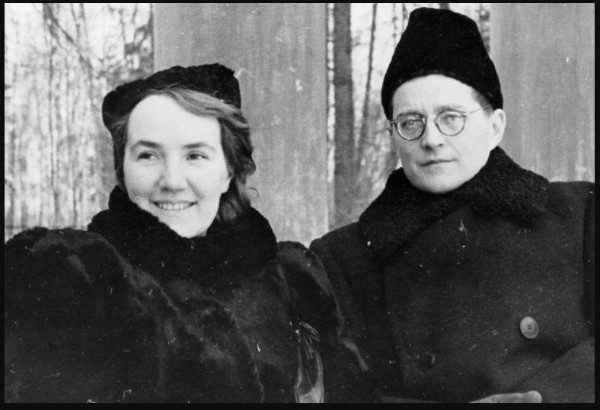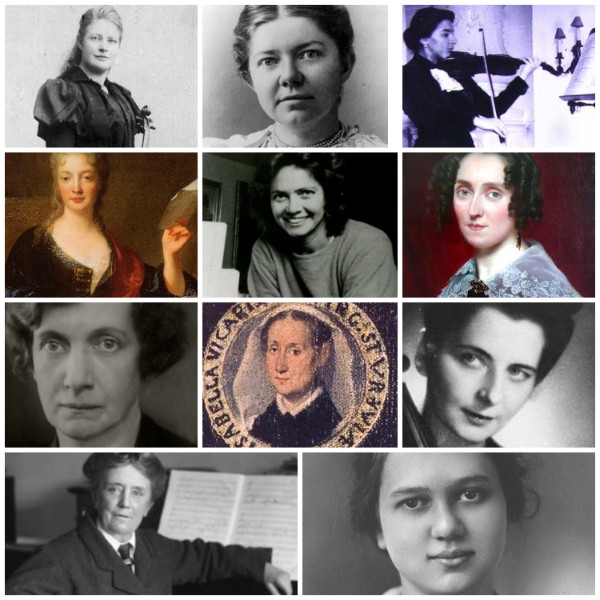The inaugural performance of Thomas Hengelbrock as the newly appointed musical director of the Orchestre de chambre de Paris took place on 7 September 2024 under the iconic dome of the Paris Panthéon.

Paris Panthéon
The programme paired the third movement of Beethoven’s String Quartet No. 15, Op. 132, arranged for string orchestra, with Gabriel Fauré’s Requiem, one of the most celebrated choral works in the Western repertoire.
This concert was part of the Cultural Olympiad tied to the Paris 2024 Olympic and Paralympic Games, aligning it with a broader theme of resilience and transcendence.
Thomas Hengelbrock and Orchestre de chambre de Paris
Available until 26/10/2026
Thomas Hengelbrock
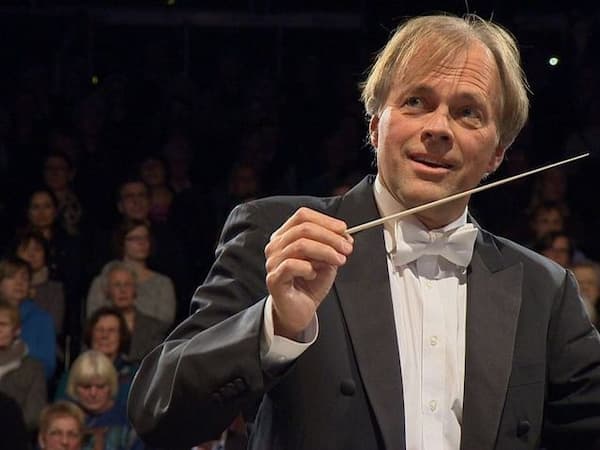
Thomas Hengelbrock
Thomas Hengelbrock, conductor, violinist, and musicologist, has earned an international reputation for his profound dedication to music. For over 25 years, Hengelbrock has championed historically informed performances and excelled in bridging historical and contemporary repertoires by bringing a fresh perspective to both.
Hengelbrock is known for his meticulous approach to the musical text and his ability to uncover its deeper meaning. Informed by his scholarly background, he presents intellectually stimulating and emotionally resonant performances. His versatility, however, extends beyond conducting and scholarship as his experience as a stage director allows for an interdisciplinary approach that seamlessly blends music with other art forms.
Panthéon in Paris
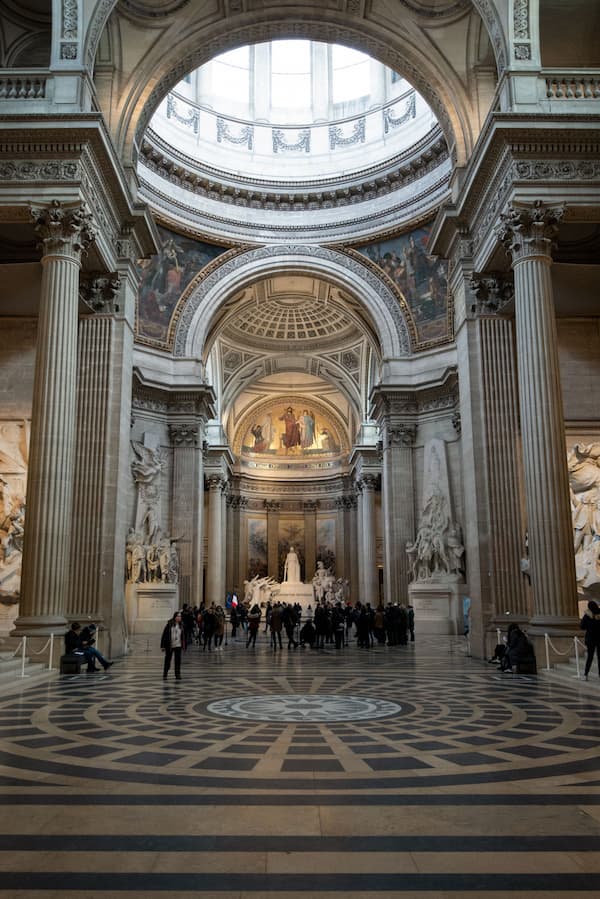
The Pantheon of Paris
The Panthéon in Paris is located in the Latin Quarter of the 5th arrondissement, and originally served as a church dedicated to Saint Genevieve, the patron saint of Paris. The building was secularised after the French Revolution and subsequently reimagined as a mausoleum to honour France’s greatest figures.
Neoclassical in design, it features a prominent dome and a façade echoing Greek temples, while serving as a resting place for luminaries like Voltaire, Rousseau, Victor Hugo, Marie Curie, and Simone Veil. Famously in 1851, Foucault’s Pendulum illustrated the Earth’s rotation, and its oscillation between sacred and secular roles mirrored France’s own cultural shifts.
The Music
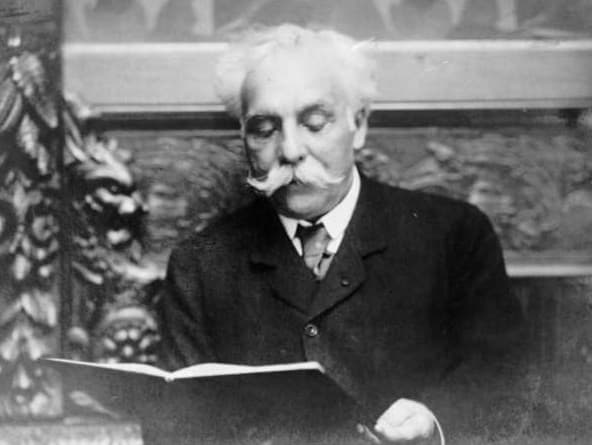
Gabriel Fauré
The programme pairs music by Beethoven and Fauré, two composers who faced significant hearing impairments later in life. In 1825, Beethoven recovered from severe illness, which he had feared would be fatal. It had afflicted him for the entire winter of 1824/25, and the string quartet Op. 132 features a slow movement subtitled “Holy Song of Thanksgiving of a Convalescent to the Deity, in the Lydian Mode.”
The movement is a deeply personal expression of gratitude and spiritual reflection, characterised by its slow, hymn-like structure and use of the ancient Lydian mode, which lends it an ethereal, otherworldly quality. This movement, featured in an arrangement for string orchestra, sets the contemplative tone for this concert. Hengelbrock emphasises a meditative and spiritual pacing, allowing the interwoven melodies to unfold with a great sense of timelessness.
The Requiem
Gabriel Fauré composed his Requiem between 1887 and 1890, and it reflects his unique approach to death and spirituality. Unlike the dramatic depictions of the Last Judgment found in other requiems, Fauré’s version is intimate, serene, and consolatory. It emphasises peace and eternal rest over fear. As the composer writes, “that’s how I see death; as a joyful deliverance, an aspiration towards a happiness beyond the grave, rather than as a painful experience.”
Written in the wake of his parents’ deaths, the work is scored in seven movements, including the ethereal “Pie Jesu” and the transcendent “In Paradisum.” The work brims with humanity, and Hengelbrock, with his sensitivity to historical nuance and expressive depth, brought out its quiet powers. This performance commemorated the centenary of Fauré’s death, and it sounded a timeless meditation on mortality, its soothing beauty offering solace across generations.
Reflection
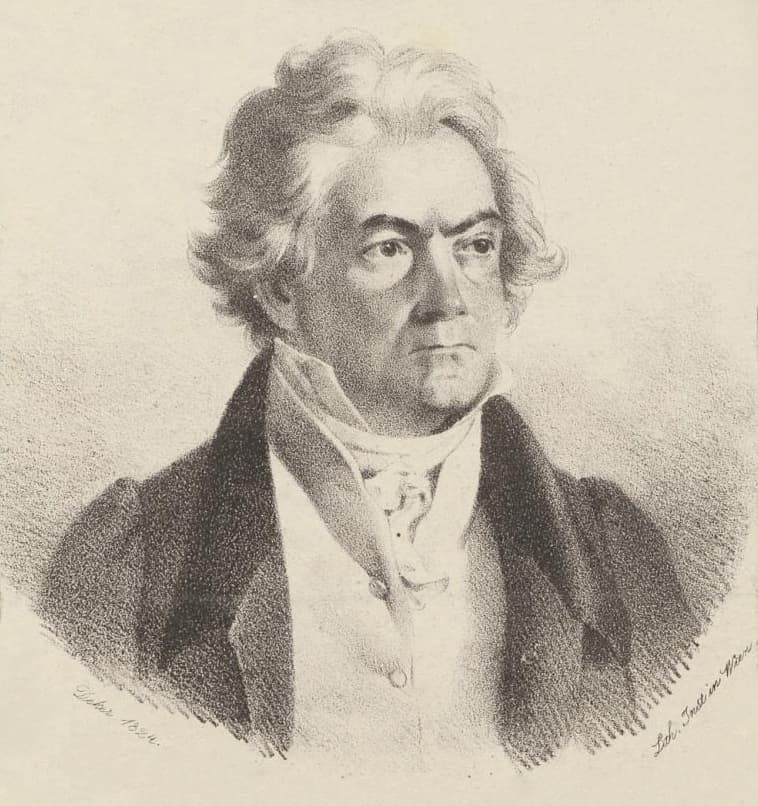
Ludwig van Beethoven in 1824
While Beethoven’s “Dankgesang” reflects a triumph over personal suffering, the “Requiem” offers a universal embrace of peace beyond death. Hengelbrock ties these pieces to the Paralympic context, celebrating resilience and the transcendence of limitations. This theme is also echoed by the Panthéon’s legacy of honouring extraordinary lives.
Hengelbrock was able to showcase his ability to unify diverse musical voices into a cohesive narrative. This performance at the Paris Panthéon was a masterful blend of historical reverence, musical excellence, and cultural resonance, offering listeners a poignant reflection on human endurance and the redemptive power of art.
Thomas Hengelbrock and Orchestre de chambre de Paris
For more of the best in classical music, sign up for our E-Newsletter


